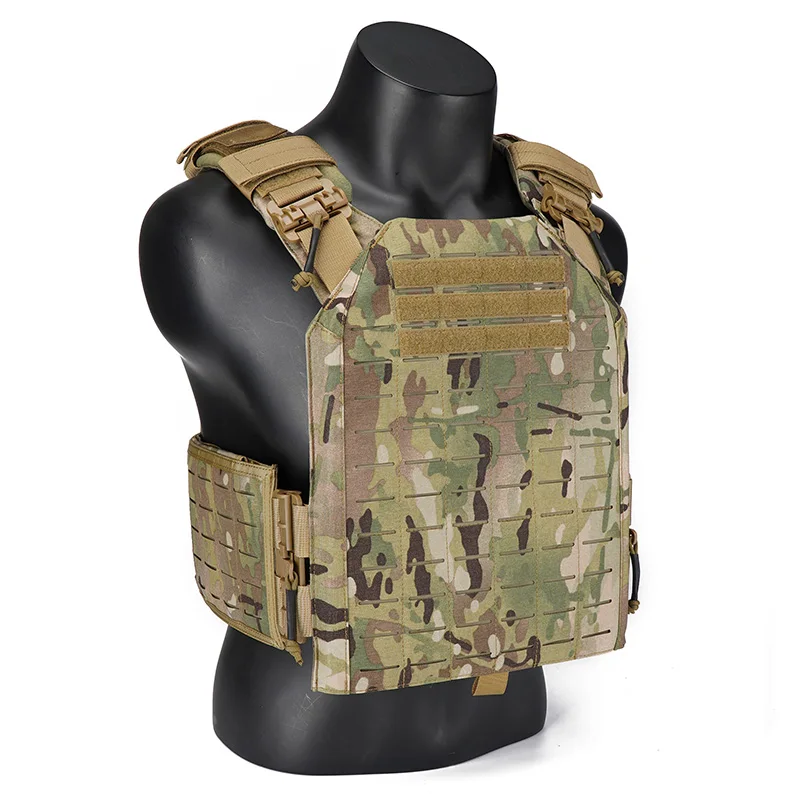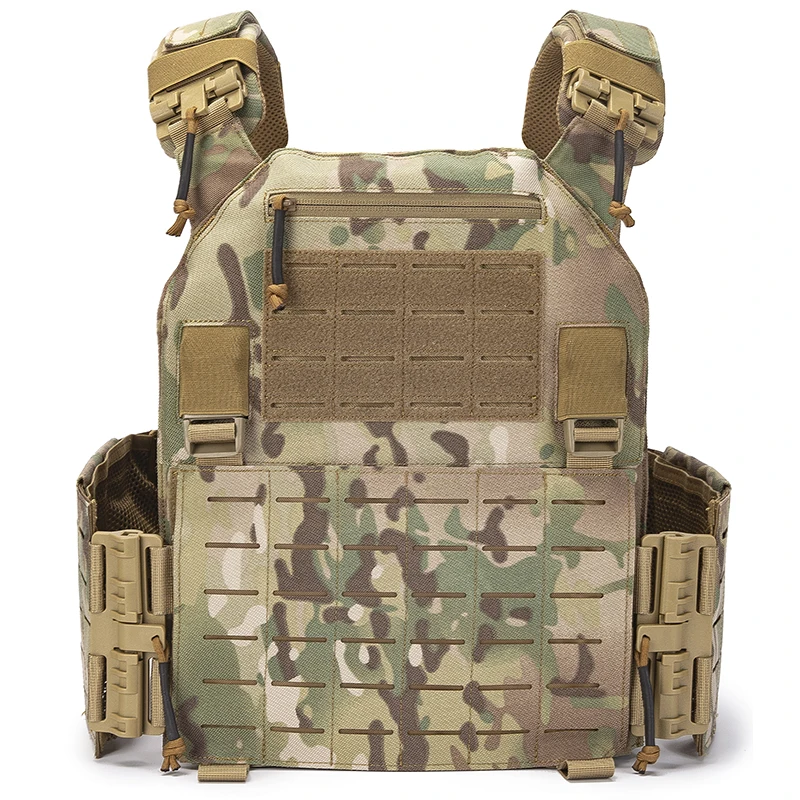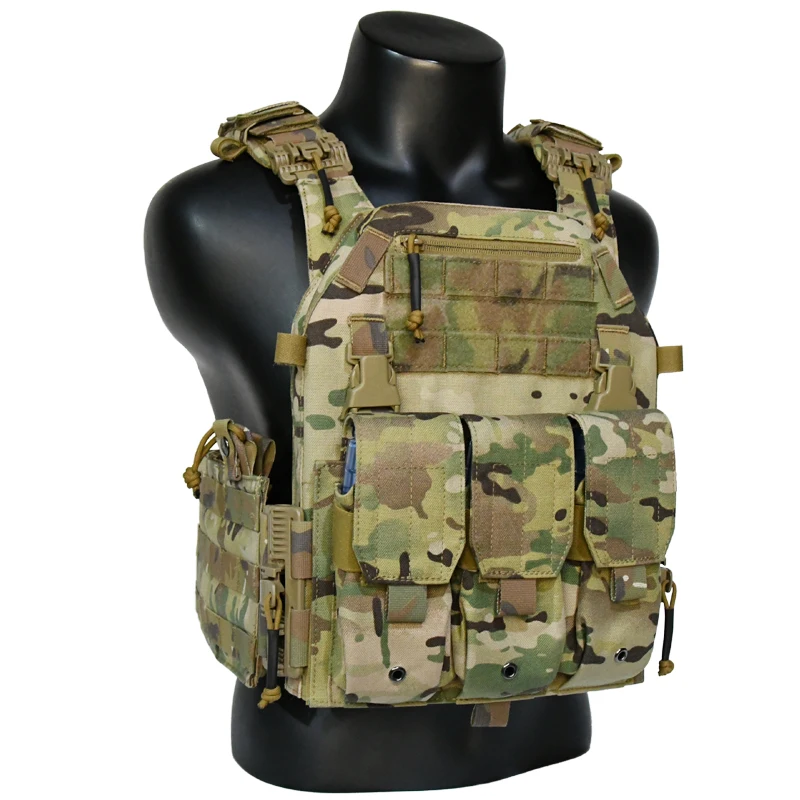Tactical Gear
PRODUCTS
Cutting Edge Tactical Gear Technology
Advanced Materials and Enhanced Protection
Traditional tactical gear relied heavily on bulky, heavy materials offering limited protection. Today, we see a shift towards lighter, stronger, and more flexible materials. Advanced composites like Kevlar and Dyneema offer superior ballistic protection while reducing weight significantly. These materials are incorporated into body armor, helmets, and even clothing, allowing operators greater mobility and less fatigue.
Furthermore, research into new materials focuses on enhancing comfort and breathability. Moisture-wicking fabrics and advanced ventilation systems are crucial for regulating body temperature in extreme conditions, preventing overheating and improving overall performance. The integration of these materials into tactical clothing is no longer a luxury; it's a necessity for operational effectiveness.
Smart Textiles and Integrated Sensors
The next generation of tactical gear is "smart." This means incorporating sensors and electronics directly into fabrics and equipment. These sensors can monitor vital signs, track location, and even detect threats. For instance, smart fabrics can measure heart rate, body temperature, and hydration levels, providing real-time feedback to medical personnel or the operator themselves.
Integrated GPS and communication systems are also becoming increasingly prevalent. This allows for seamless communication between team members and command centers, enhancing situational awareness and coordination. Furthermore, some advanced systems are capable of detecting chemical, biological, radiological, and nuclear (CBRN) threats, alerting operators to potential dangers before they become immediate threats.
Ergonomics and Enhanced Mobility
The design of tactical gear is becoming increasingly sophisticated, focusing on ergonomics and enhancing mobility. This means creating gear that's comfortable to wear for extended periods, allowing for a full range of motion without hindering performance. Careful consideration is given to weight distribution, adjustability, and overall fit.
Modular designs are also gaining popularity, allowing operators to customize their gear to fit their specific needs and the mission's requirements. This means they can easily add or remove components as needed, optimizing their loadout for different scenarios. The focus is not just on protection, but on the optimization of human performance in high-stress situations.
Data Analysis and Predictive Capabilities
The data collected by integrated sensors within smart tactical gear is not simply displayed; it's analyzed to provide valuable insights. This data can be used to optimize training, improve equipment design, and even predict potential threats. Advanced algorithms can identify patterns and anomalies, alerting commanders to potential risks and allowing for proactive responses.
This capability represents a significant leap forward in situational awareness. By analyzing data from multiple sources, commanders can develop a more comprehensive understanding of the operational environment, allowing for better decision-making and ultimately, increased operational success. The integration of data analysis marks a move from reactive to predictive capabilities.
In conclusion, cutting-edge tactical gear technology is transforming the way military and law enforcement personnel operate in challenging environments. The convergence of advanced materials, sophisticated electronics, and data analysis is creating gear that is not only more protective and comfortable but also significantly enhances performance and survivability. This ongoing innovation will continue to redefine the capabilities of those on the front lines.SUBSCRIBE
INQUIRY










